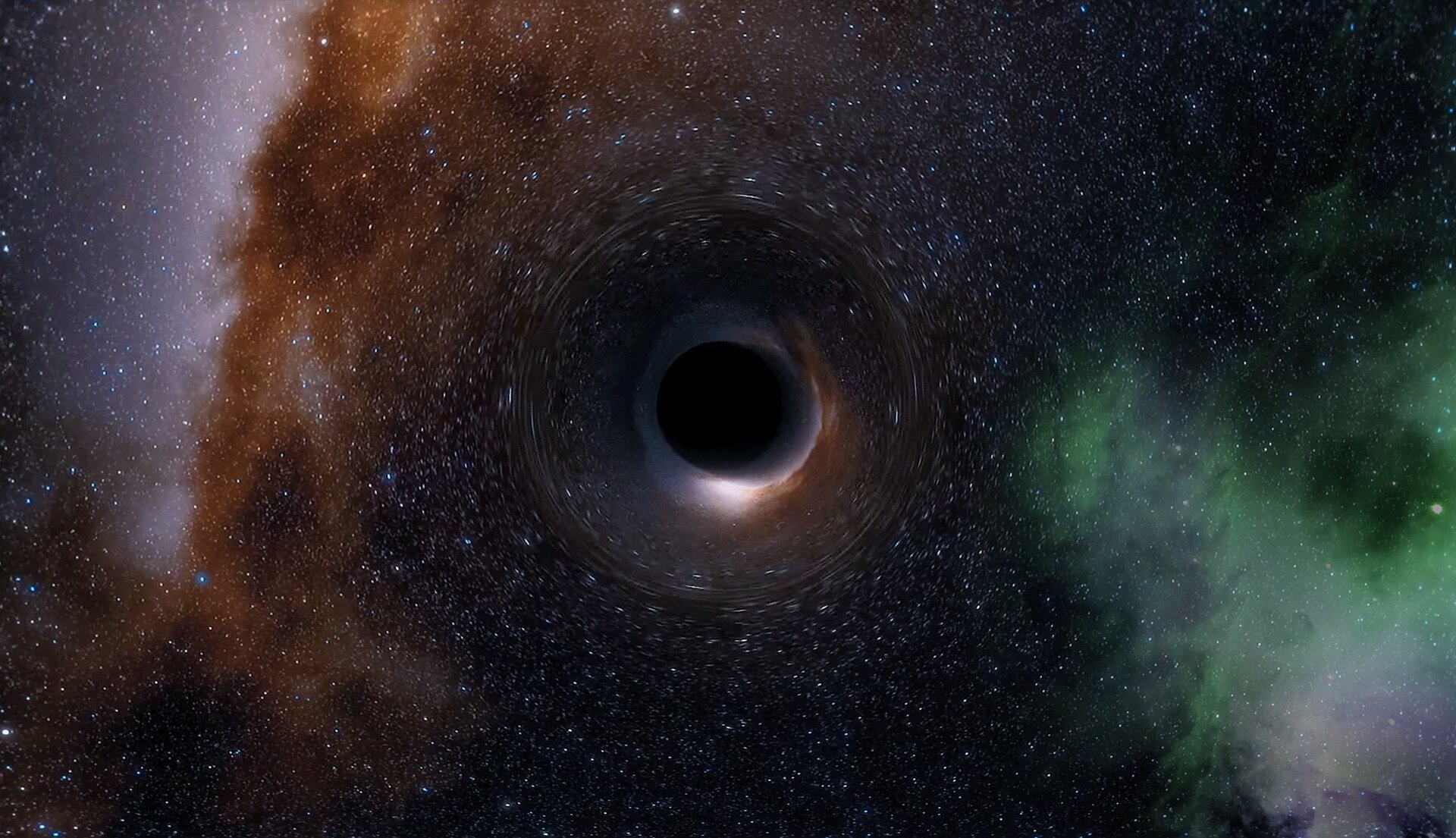Gonna hijack this post to ask a somewhat related but possibly stupid question, would it be possible that instead of a singularity there happened to be a region of space with non-negligible size (ie, not a point sized region) that acted like a well instead? Things could “fall” into that well and not be able to escape, but it’s not like everything in the well is at a single point.
Nobody really thinks singularities exist. It’s only what comes out from our math. That’s also how we know our math is wrong, we’re just not sure yet how to do it better.
I may be misunderstanding your question, but black holes are regions of space that have non-negligible size; the boundary between what can escape and what can’t is called the event horizon. The singularity is what happens at the center.
Ah right I worded that wrong, sorry!
I guess what I mean to say is, would a non-negligible sized “singularity” (I know I’m messing with that term quite a bit, I’ll stray from the mathematical definition) be consistent with our current theories?
No one can get information from beyond the event horizon, so no one can truly know besides predict with math.
Depends what you mean by “our current theories”. In classical General Relatively the answer is pretty conclusively no but many people think that a quantum theory of gravity should be able to remove the singularities. In fact, this article is about an attempt to do just that with a fairly natural extension to GR (albeit one that is only mathematically tractable in 5 or more dimensions) and seems to have succeeded for the static spherically symmetric case at least.
Basically, what makes sense logically isn’t backed up by what data and math we have. Logically, we would assume as enough stuff is pulled together that the density hits a point where gravity is stronger than the bonds that hold matter together, that those bonds would break and the individual elements, initially atoms, but as gravity gets stronger and stronger the bonds between the components of atoms and so on and so forth also break down.
At some point, there is a limit to how much matter can break back down into further and further smaller components. What specifically happens when that limit is reached? That is a huge part of what could be throwing the math off. We don’t really know, but we have some guesses. Could be at the end, one of the components is weightless, and unaffected by the gravity, we do see some energy radiating out of some black holes in a straight line or “jet”. Hard to say for sure. Logic doesn’t always get us there when we don’t have enough data and need to make a leap. It might eventually, as we can slowly tie more and more stuff together with more data. Could be whatever energy starts that jet either immediately or already on the way out, mixes/mixed with other components and particles to become what we end up detecting it as. But if we could see it earlier, it maybe would be completely different before that.
deleted by creator




